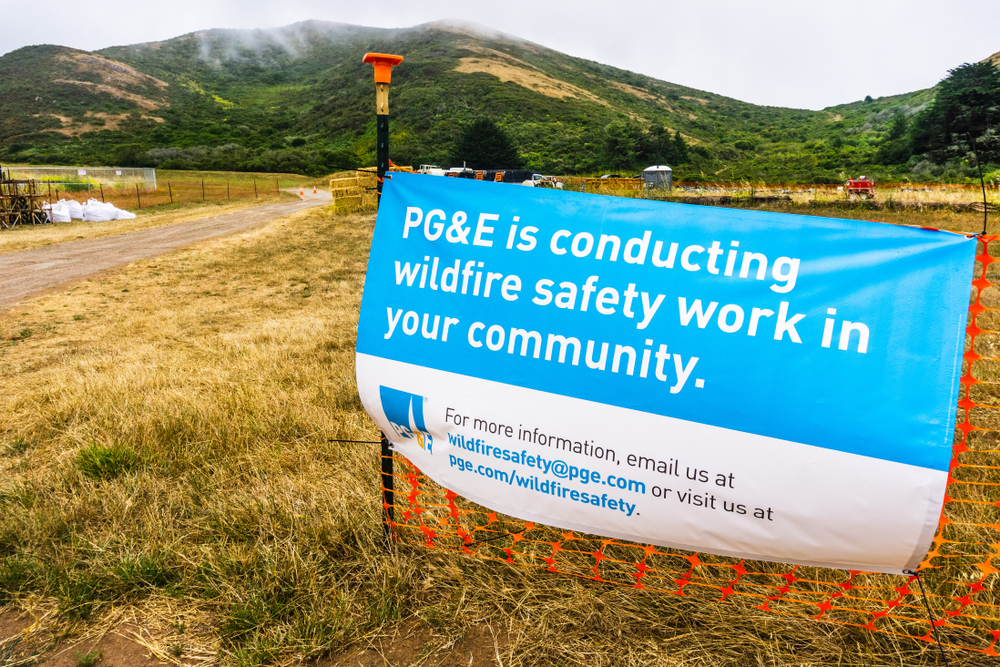Wildfire threats prompt PG&E power shutoff, restoration drills in California

As part of efforts to combat the ever-present threat of fire in California, the Pacific Gas and Electric Company (PG&E) has instituted power restoration and Public Safety Power Shutoff (PSPS) drills among its staff and contractors to guarantee readiness.
Gusty winds and dry conditions can combine with heightened fire risks and threaten the electric system — conditions that would force PG&E to shut down the power for public safety. Crews need to be able to respond quickly in such conditions, so PG&E has conducted 18 separate drills in recent months. Coordination, line inspection, and power restoration all take central focus accordingly.
“We know how much our customers rely on electricity,” Aaron Johnson, PG&E Vice President of Electric Operations, said. “If we need to turn off power for safety, it is critical that our teams are trained and prepared so that we can safely and efficiently restore power to our customers.”
The PSPS efforts are part of an expansion to PG&E’s Community Wildfire Safety Program, implemented after the damaging 2017 and 2018 wildfires. Under PSPS guidelines, once the danger has passed, crews will be dispatched on vehicle, foot, and air to visually inspect power lines which prompted the power shutdown in the first place. If damage is found, they isolate the damaged area from the rest of the system, then work to restore those other parts while work is done.
Both distribution and transmission lines have been included in the exercises, and are covered under PSPS at large. This means that sometimes, customers can have their power shut off even if their immediate vicinity is not endangered by extreme conditions.
“This is all about PG&E doing more, and with greater urgency, to adapt to and address the growing threat of wildfires and extreme weather,” Mark Quinlan, Director of Wildfire Operations for PG&E, said. “We are asking our customers and communities to prepare for the potential that we will need to turn off power for safety. We are doing everything we can to prepare, as well.”
